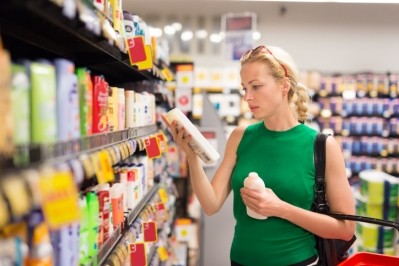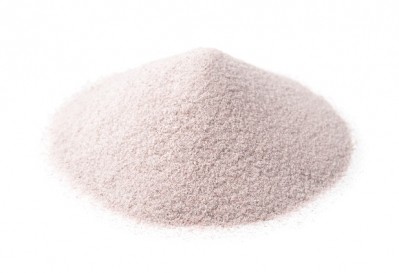Exclusive Interview
How the New Free From Claims Impact the European Cosmetics Space

It is vital that companies entering the European cosmetics environment from overseas are fully aware of the legislative landscape and requirements facing their launch or expansion.
When it comes to the European beauty market specifically, Belinda Carli, Director of Institute of Personal Care Science notes that compliance should be a brand’s first priority — especially with the new ‘free from’ rules.
What are the new ‘free from’ rules?
The new 'free from' rules are from the Technical Document on Cosmetic Claims. The nature of these claims was agreed on by the Sub-Working Group on Claims from 3rd July 2017, however, they did not officially come into force until 1st July 2019.
While the claims are only now enforceable, companies have had two years to prepare ahead. This notice period comes ahead of the notification that they will be enforceable in EU Courts The aim of this adaptation is to determine if a claim complies with the Commission Regulation (EU) No 655/2013 on the justification of claims used on cosmetic products.
EU companies have, therefore, had time to prepare ahead of this new adaptation coming into force and were aware this legislation was coming.
For the large multinationals, their brand strategy has not allowed them to make claims of this nature so it will have limited impact.
A help or hindrance?
“Personally, I find this a welcome change, one that has long been overdue, as it implies that perfectly safe and acceptable cosmetic chemicals aren’t safe and that companies using these ‘free from’ materials have not taken due care to protect consumers in the past – this is not true or fair to those companies selling perfectly suitable, and safe cosmetic products,” explains Carli.
If a company wants to promote their ‘natural’ brand or natural ingredients their product contains, that is suitable. It is not suitable, however, to imply synthetic ingredients or materials on these ‘free from lists’ are not safe or suitable in cosmetic products when their use is recognised and permitted by regulators.
Focusing on the impact that these rules have on companies adopting ‘free from’ claims, Belinda Carli, Director of Institute of Personal Care Science, highlights that they mean “companies can’t claim ‘paraben free’ anymore, or ‘free from’ any other permitted cosmetic ingredient, as it implies there may be harm from the use of an otherwise permitted cosmetic ingredient”.
Emphasising the important reasoning and intention behind this cosmetics claims adaption, Carli goes on to say that this is important as the previous implication “is not honest or fair to other brands complying with the required regulations and using perfectly safe materials in their cosmetic products”.
What will brands need to do to comply?
1. Product development strategy
The first step to achieving compliance is to have complete certainty on what European legislation expects from brands before they head for commercialisation.
Conducting R&D including consumer research, product formulation, brand conceptualisation and marketing without understanding the regulatory environment is both problematic and costly as it may lead to having to retrofit the beauty item post-production.
2. Marketing plan
Commenting on how these are impacting brands entering the European market, Carli outlines that they “need to relabel, at the very least, and if their marketing has been based on ‘free from’ otherwise perfectly safe and acceptable ingredients (e.g. sulphates, parabens, propylene glycol, PEG’s or silicones) then they need to rethink their marketing strategy and promotional materials, as these claims are not permitted on the labels or in any marketing literature in the EU market place.”
3. Stability data
“Also, a lot of companies do not realise that having stability data is a mandatory requirement for brands bringing their products into the EU,” Carli explains. “Most companies struggle to have any stability data at all let alone realising they need it to enter the EU.”
Stability testing involves placing product under accelerated conditions (usually at least +10°C incubation and freeze/thaw conditions) as well as ‘real time’ temperature conditions, to check and confirm the expiry date and long term suitability of a cosmetic product.
By engaging in this process it helps to ensure that the cosmetic product will maintain safe and suitable performance and aesthetic characteristics over the shelf life of the product, and therefore, determines a suitable ‘expiry date’.
The documentation showing the time points of testing and conditions of testing, as well as specifications of the product at the tested time points, provides the evidence of the suitability of the shelf life, and product for sale. This information is the stability data.
When entering the EU marketplace, companies should hold a minimum of six months accelerated data, representing a minimum of 12 months real time results (in advance). They should also have an ongoing commitment to collect full accelerated (to a minimum of 15 months) and real time (to 30 months) data over a longer time frame, while the product is launched into the marketplace.
Stability data and this accompanying timeframe has been established to protect both the consumer and the company, and ensures safe use of cosmetic products over their anticipated shelf life.
For full details of the legislation, including what is no longer allowed, view Belinda’s video to explain more: https://youtu.be/yeh3XmwpYxQ




















